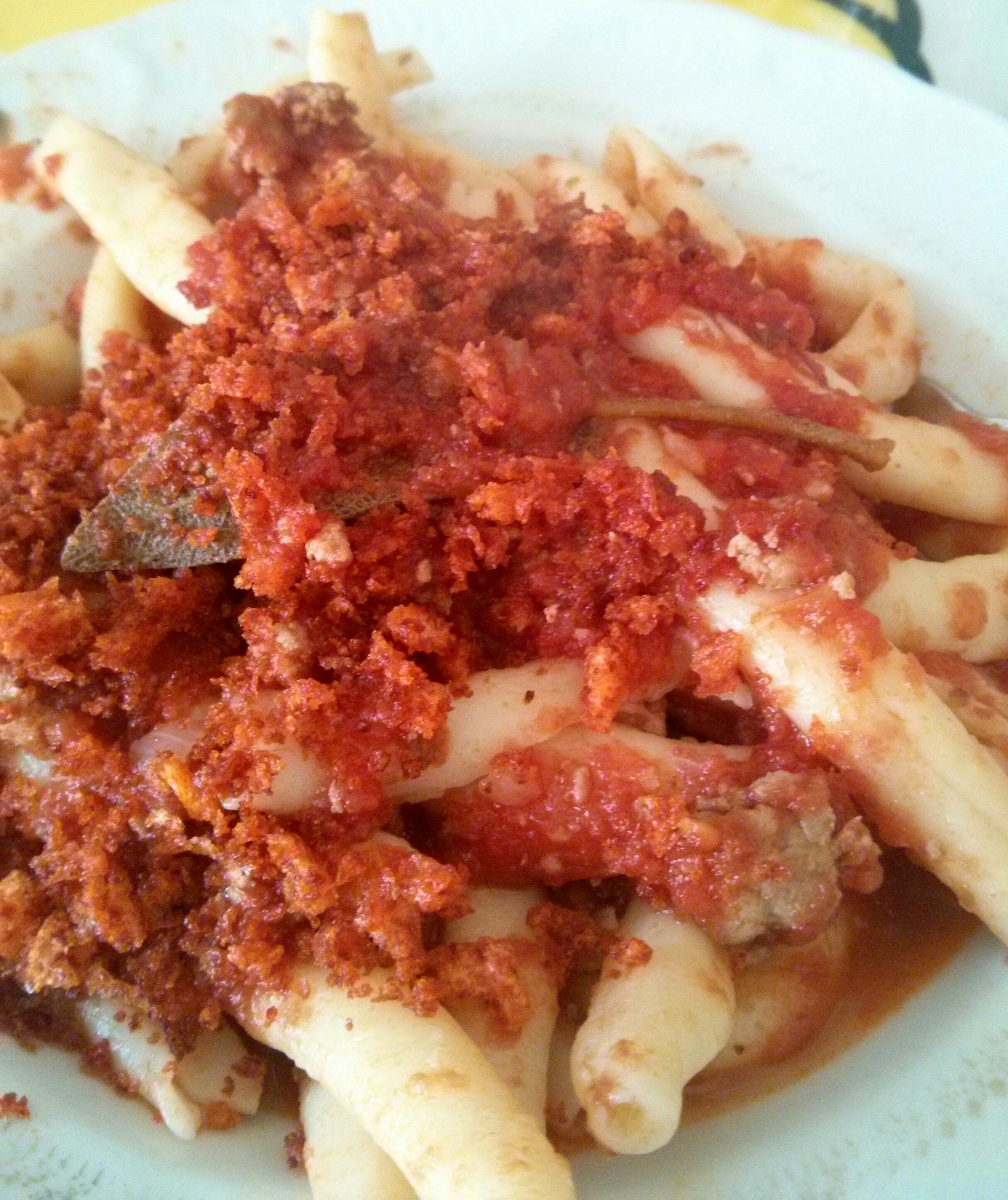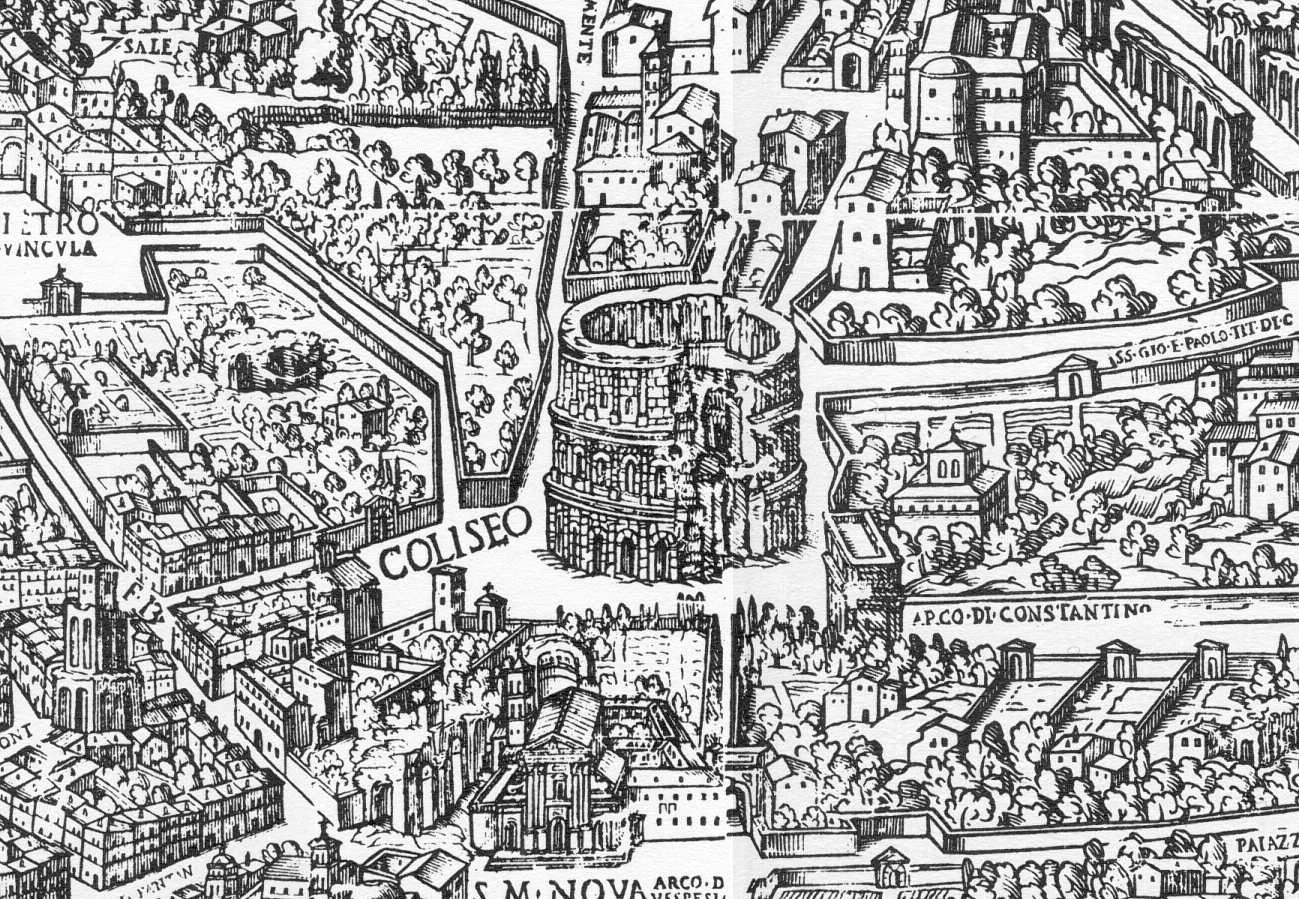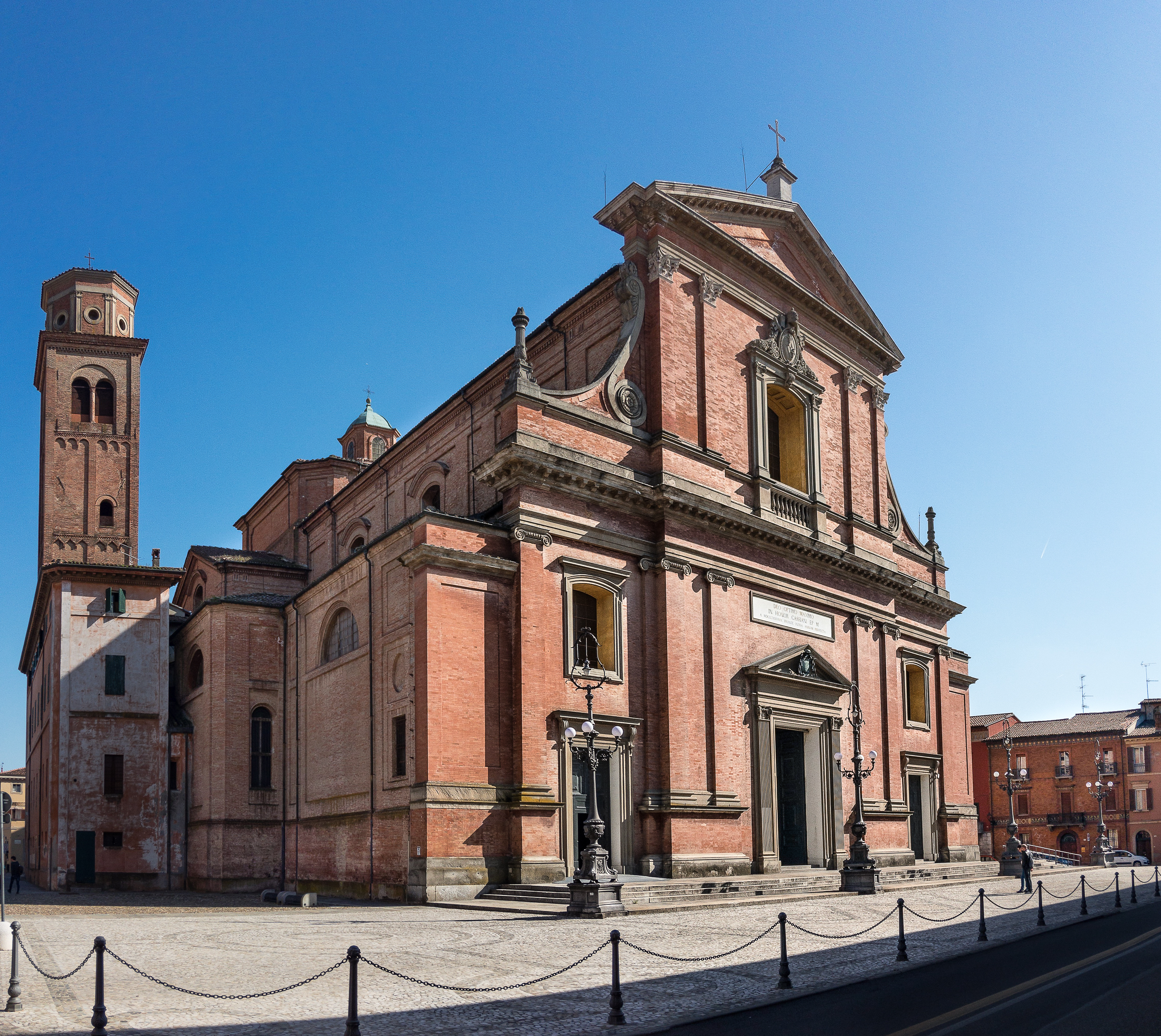|
Casalfiumanese
Casalfiumanese ( rgn, Casêl Fiumanés) is a ''comune'' (municipality) in the Metropolitan City of Bologna in the Italian region Emilia-Romagna, located about southeast of Bologna. Casalfiumanese borders the following municipalities: Borgo Tossignano, Castel del Rio, Castel San Pietro Terme, Dozza, Fontanelice, Imola, Monterenzio. A reinforced concrete bridge over the Santerno River connects Casalfiumanese to Fontanelice. Sights *San Martino di Pedriolo, Casalfiumanese People *Luca Ghini *Pope Honorius II Twin towns * Rotondella Rotondella ( Lucano: ) is a town and ''comune'' in the province of Matera, in the Southern Italian region of Basilicata. Language People of Rotondella speak R'tunnar (Rontondellese), a dialect of Basilicata. Cuisine *U' pastizz 'rtunnar U' ..., Italy References Cities and towns in Emilia-Romagna {{EmiliaRomagna-geo-stub ... [...More Info...] [...Related Items...] OR: [Wikipedia] [Google] [Baidu] |
Luca Ghini
Luca Ghini (Casalfiumanese, 1490 – Bologna, 4 May 1556) was an Italian physician and botanist, notable as the creator of the first recorded herbarium, as well as the first botanical garden in Europe. Biography Ghini was born in Casalfiumanese, son of a notary, and studied medicine at the University of Bologna. By 1527 he was lecturing there on medicinal plants, and eventually became a professor. He moved to Pisa in 1544, while maintaining his home in Bologna. He created the first herbarium (''hortus siccus'') in that year, drying plants while pressing them between pieces of paper, then gluing them to cardboard. None of his herbaria survive although the one by his student Gherardo Cibo made around 1532 survives. 1544 also saw the establishment of a garden for live plants, which became known as the Orto botanico di Pisa. Ghini published no significant botanical work of his own, but was noted as a teacher many of whose students went on to significant careers, including Cesalpino ( ... [...More Info...] [...Related Items...] OR: [Wikipedia] [Google] [Baidu] |
Fontanelice
Fontanelice ( rgn, Funtâna) is a ''comune'' (municipality) in the Province of Bologna in the Italian region Emilia-Romagna, located about southeast of Bologna. As of 31 December 2004, it had a population of 1,884 and an area of .All demographics and other statistics: Italian statistical institute Istat. Fontanelice borders the following municipalities: Borgo Tossignano, Casalfiumanese, Casola Valsenio, Castel del Rio. A reinforced concrete bridge over the Santerno River connects Fontanelice to the village of Casalfiumanese. Demographic evolution Colors= id:lightgrey value:gray(0.9) id:darkgrey value:gray(0.8) id:sfondo value:rgb(1,1,1) id:barra value:rgb(0.6,0.7,0.8) ImageSize = width:455 height:303 PlotArea = left:50 bottom:50 top:30 right:30 DateFormat = x.y Period = from:0 till:4000 TimeAxis = orientation:vertical AlignBars = justify ScaleMajor = gridcolor:darkgrey increment:1000 start:0 ScaleMinor = gridcolor:lightgrey increment:200 start:0 BackgroundCo ... [...More Info...] [...Related Items...] OR: [Wikipedia] [Google] [Baidu] |
San Martino Di Pedriolo, Casalfiumanese
San Martino di Pedriolo is a Roman Catholic parish church located in Casalfiumanese in the Province of Bologna, Italy. The neighborhood also shares the same name. Originally present by the 13th century, the church was rebuilt in 1819 by the architect Angelo Venturoli. The belltower dates to the late 19th century. The main altar was designed by Gioachino Rodoloni, and once hosted an altarpiece depicting the ''Bishop San Martino resuscitating the son of a widow'' by Tadolini. Other works in the church included a ''Virgin healing the Sick'' by Crescimbeni, a pupil of Lazzaro Calvi; and a 19th-century ''St Joseph'' by Filippo Pedrini Filippo Pedrini (Bologna, 1763 - Bologna, 1856) was an Italian painter. Biography He was the son of the painter Domenico Pedrini. At the Accademia Clementina in Bologna he became a pupil of Ubaldo and Gaetano Gandolfi, while Mauro Gandolfi and .... [...More Info...] [...Related Items...] OR: [Wikipedia] [Google] [Baidu] |
Rotondella
Rotondella ( Lucano: ) is a town and ''comune'' in the province of Matera, in the Southern Italian region of Basilicata. Language People of Rotondella speak R'tunnar (Rontondellese), a dialect of Basilicata. Cuisine *U' pastizz 'rtunnar: Prodotto agroalimentare tradizionale (protected traditional food), half moon shaped baked good filled with minced meat. * Fruzz'ul c'a muddica: Frizzuli pasta with fried bread crumbs * Sospiri di Rotondella: Italian pastry made with Italian sponge cake, pastry cream, and glaze Twin towns * Casalfiumanese Casalfiumanese ( rgn, Casêl Fiumanés) is a ''comune'' (municipality) in the Metropolitan City of Bologna in the Italian region Emilia-Romagna, located about southeast of Bologna. Casalfiumanese borders the following municipalities: Borgo Tossi ..., Italy References Cities and towns in Basilicata {{Basilicata-geo-stub ... [...More Info...] [...Related Items...] OR: [Wikipedia] [Google] [Baidu] |
Pope Honorius II
Pope Honorius II (9 February 1060 – 13 February 1130), born Lamberto Scannabecchi,Levillain, pg. 731 was head of the Catholic Church and ruler of the Papal States from 21 December 1124 to his death in 1130. Although from a humble background, his obvious intellect and outstanding abilities saw him promoted up through the ecclesiastical hierarchy. Attached to the Frangipani family of Rome, his election as pope was contested by a rival candidate, Celestine II, and force was used to guarantee his election. Honorius's pontificate was concerned with ensuring that the privileges the Roman Catholic Church had obtained through the Concordat of Worms were preserved and, if possible, extended. He was the first pope to confirm the election of the Holy Roman emperor. Distrustful of the traditional Benedictine order, he favoured new monastic orders, such as the Augustinians and the Cistercians, and sought to exercise more control over the larger monastic centres of Monte Cassino and Clun ... [...More Info...] [...Related Items...] OR: [Wikipedia] [Google] [Baidu] |
Borgo Tossignano
Borgo Tossignano ( rgn, Borg Tusgnàn) is a ''comune'' (municipality) in the Province of Bologna in the Italian region Emilia-Romagna, located about southeast of Bologna. Borgo Tossignano borders the following municipalities: Casalfiumanese, Casola Valsenio, Fontanelice, Imola, Riolo Terme. History The area around Borgo Tossignano had been inhabited for many centuries, with the first settlers probably being from the Villanovian civilization. It was then settled by the Celts, and Umbri, which long resisted the Roman invasion of the area. The Romans later constructed a strategic defensive fortification on a gypsum edge. During medieval times, the area was a fortified centre named ''Castrum Thausignanum'' (or ''Tauxignano''), documented in 873. It attempted to revolt against its feudal owner, Imola, which destroyed it in 966 and later rebuilt it. In 1005, the governor was Albert of Tossignano, who reigned under Florentine protection. The Florentines attempted many times to conq ... [...More Info...] [...Related Items...] OR: [Wikipedia] [Google] [Baidu] |
Monterenzio
Monterenzio ( Medial Mountain Bolognese: ) is a town and ''comune'' in the Metropolitan City of Bologna (Emilia-Romagna, Italy). Geography The territory of the municipality rises on the ridge between the valleys of the Idice and Sillaro streams. The eleven rural units that make up the territory date back to the Pre-Napoleonic era. The Via Flaminia Minore road runs upon the crest and marks the watershed and the historic and cultural border between Emilia and Romagna. The main town is located at about from Bologna, on the right side of the Idice and downstream of the community of Monterenzio that gave the name to the comune. In the past the town hall was located in ''Villa di Cassano'' and ''Ca' di Lavacchio'', afterwards in ''Fiumetto'', in 1880 and then from 1934 onwards in today's collocation. History Monterenzio might be identified in ''Monte Russi'', mentioned for the first time in a decree from Emperor Otto III of 998 CE; a ''castrum'' (castle) or of ''Monte Renzoli'' was m ... [...More Info...] [...Related Items...] OR: [Wikipedia] [Google] [Baidu] |
Imola
Imola (; rgn, Jômla or ) is a city and ''comune'' in the Metropolitan City of Bologna, located on the river Santerno, in the Emilia-Romagna region of northern Italy. The city is traditionally considered the western entrance to the historical region Romagna. The city is best-known as the home of the Autodromo Enzo e Dino Ferrari which hosts the Formula One Emilia Romagna Grand Prix and formerly hosted the San Marino Grand Prix (the race was named after the independent nation of San Marino which is around 100 km to the south), and the deaths of Formula One drivers Ayrton Senna and Roland Ratzenberger at the circuit during the 1994 San Marino Grand Prix. The death of Senna (three-times world champion) was an event that shocked the sporting world and led to heightened Formula One safety standards. History The city was anciently called ''Forum Cornelii'', after the Roman dictator L. Cornelius Sulla, who founded it about 82 BC. The city was an agricultural and trading centre, fam ... [...More Info...] [...Related Items...] OR: [Wikipedia] [Google] [Baidu] |
Emilia-Romagna
egl, Emigliàn (man) egl, Emiglièna (woman) rgn, Rumagnòl (man) rgn, Rumagnòla (woman) it, Emiliano (man) it, Emiliana (woman) or it, Romagnolo (man) it, Romagnola (woman) , population_note = , population_blank1_title = , population_blank1 = , demographics_type1 = , demographics1_footnotes = , demographics1_title1 = , demographics1_info1 = , demographics1_title2 = , demographics1_info2 = , demographics1_title3 = , demographics1_info3 = , timezone1 = CET , utc_offset1 = +1 , timezone1_DST = CEST , utc_offset1_DST = +2 , postal_code_type = , postal_code = , area_code_type = ISO 3166 code , area_code = IT-45 , blank_name_sec1 = GDP (nominal) , blank_info_se ... [...More Info...] [...Related Items...] OR: [Wikipedia] [Google] [Baidu] |
Dozza
Dozza ( rgn, Dòza) () is an Italian ''comune'' in the province of Bologna. Dozza is known for its festival of the painted wall, which takes place every two years in September. During this festival, famous national and international artists paint permanent works on the walls of the houses. A local landmark is Dozza Castle, whose cellars host ''Enoteca Regionale Emilia Romagna'', the enoteca and wine bar dedicated to oenologic products of Emilia-Romagna. History *Cardinal Campeggio Lorenzo Campeggio (7 November 1474 – 19 July 1539) was an Italian cardinal and politician. He was the last cardinal protector of England. Life Campeggio was born in Milan, the eldest of five sons. In 1500, he took his doctorate in cano ... was given the castle of Dozza while dealing with the 'Kings Great Matter'. Culture Museums *Museo della Rocca di Dozza *Museo parrocchiale di arte sacra References External links The best villages of Italy [...More Info...] [...Related Items...] OR: [Wikipedia] [Google] [Baidu] |
Metropolitan City Of Bologna
The Metropolitan City of Bologna ( it, Città Metropolitana di Bologna) is a metropolitan city in the Emilia-Romagna region, Italy. Its capital is ''de facto'' the city of Bologna, though the body does not explicitly outline it. It was created by the reform of local authorities (Law 142/1990) and established by the Law 56/2014, replacing the Province of Bologna. It has been operative since 1 January 2015. The Metropolitan City is headed by the Metropolitan Mayor (''Sindaco metropolitano'') and by the Metropolitan Council (''Consiglio metropolitano''). History Remains of the Iron Age Villanovan culture were discovered near Bologna by archaeologists in 1853. The city was settled by the Etruscans and named Velzna, later Felsina. In the 6th century BCE, Felsina was known for its markets and trade. It was invaded by the Gallic Boii tribe in this period, who developed the agricultural output of the region. The Romans began their conquest of the region around 220 BCE and were successfu ... [...More Info...] [...Related Items...] OR: [Wikipedia] [Google] [Baidu] |
Castel Del Rio
Castel del Rio ( rgn, Castel d'e' Rì) is a ''comune'' (municipality) in the Metropolitan City of Bologna in the Italian region Emilia-Romagna, located about southwest of Bologna. Historically, the town's countryside is a large producer of chestnut, which has received the European Protected Geographical Status. History Traces of human presence in the area date to the 6th-5th centuries BC. The current town was however founded in the 5th-6th centuries AD as Massa di S. Ambrogio. Starting from the 10th century, there were fortifications and castles, whence the toponym Castrum Rivi from which the current name derives. In 1076 the castle was acquired by Matilde of Canossa; later Emperor Otto IV gave the fief to the Alidosi family, who held it for more than four centuries until it became part of the Papal States. During World War II Castel del Rio was located across the Gothic Line. Numerous of its citizens fought as partisans against the German occupation. Main sights *The Fortress ... [...More Info...] [...Related Items...] OR: [Wikipedia] [Google] [Baidu] |




